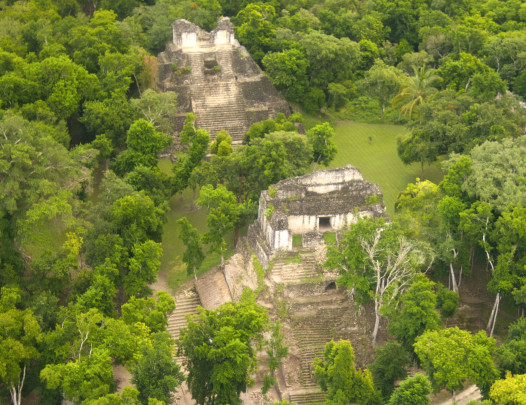Archeological Sites
18 Sites
The land, owned by the modern industrial quarry, is the site of various discoveries of settlements dating back to 300 BC, notably Casa Azul (Blue House), with a fantastic mural of the Mayan cosmos, the “P” group of Xcaret and the Temple of the Columns.
Quintana Roo
Sureste
1784
In the main ecological reserve of the island of Cozumel, off the Caribbean coast of Mexico, there is a temple whose roof ends in the shape of a shell, decorated with four rows of shells stuck into the stucco. This unique decoration makes it worth a visit.
Quintana Roo
Sureste
1785
The most notable Maya city in the lake zone of present-day Quintana Roo. The early settlements of 300 AD gave way to imposing constructions visible to this day, indicating a second occupation, in the 17th century. A great number of ‘portrait’ incense burners were salvaged from the peak.
Quintana Roo
Sureste
1786
A large and prosperous Maya city inhabited from 300 BC, with imposing plazas and monuments, one of which displays stucco facade masks of a god in the shape of a jaguar, plus some surprising sculptures reminiscent of the Olmecs.
Quintana Roo
Sureste
1787
Important ancient Maya city in an area of lakes, from here the great sacbe’ob (long roads) were built, which helped it survive over many others until it was defeated by Chichen Itza. The round observatory, the great Pyramid of Nohoch Mul and the stunning inscriptions make it unique.
Quintana Roo
Sureste
1790
The site is surprisingly extensive at more than 15 square miles. The beauty of its enormous constructions and the natural surroundings of the site add interest to the four groups that make up this complex: Dzibanche or the Main Group, the Central Complex or Lamay Group, Tutil and Kinichna.
Quintana Roo
Sureste
1792
Situated on the coast, it probably played an important role in the navigation routes of the Maya. From the top of the highest building of the zone, known as "El Castillo," there is fine view of Cancun and the surrounding area.
Quintana Roo
Sureste
1795
Located in the hotel zone of Cancun, it was one of the principal ports on the Caribbean coastal trade route. It has two plazas and a number of structures, some of which still bear the remains of mural paintings depicting gods.
Quintana Roo
Sureste
1796
Part of the architectural complex formed by Dzibanché, Lamay and Tutil, although this was a minor city. Its main building, known as the Acropolis, is an interesting pyramid of three levels, whose broad staircase leads up to two temples placed laterally.
Quintana Roo
Sureste
1798














